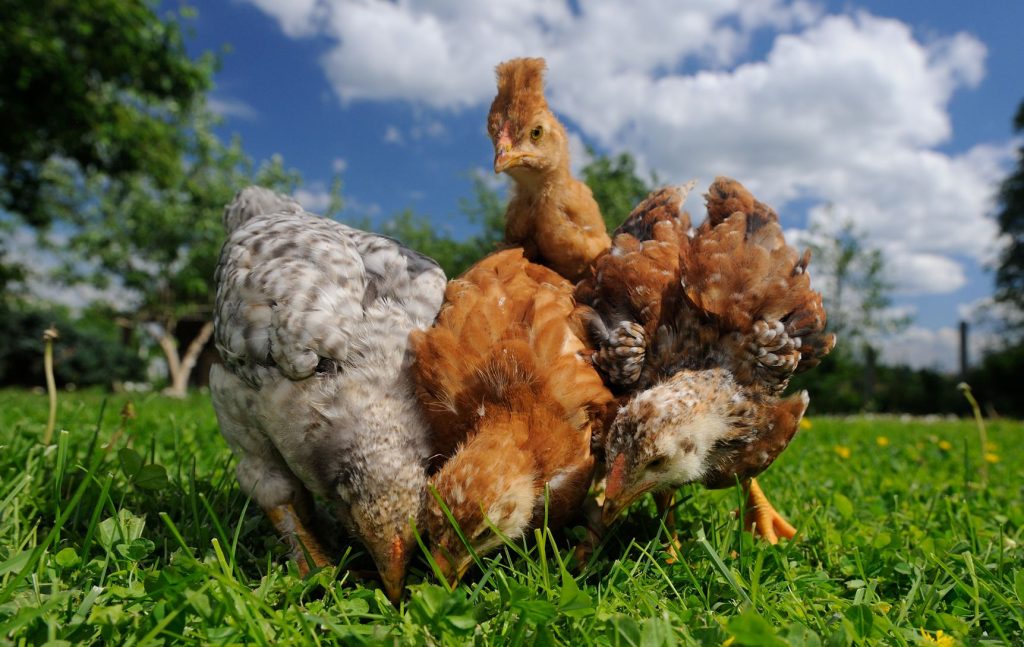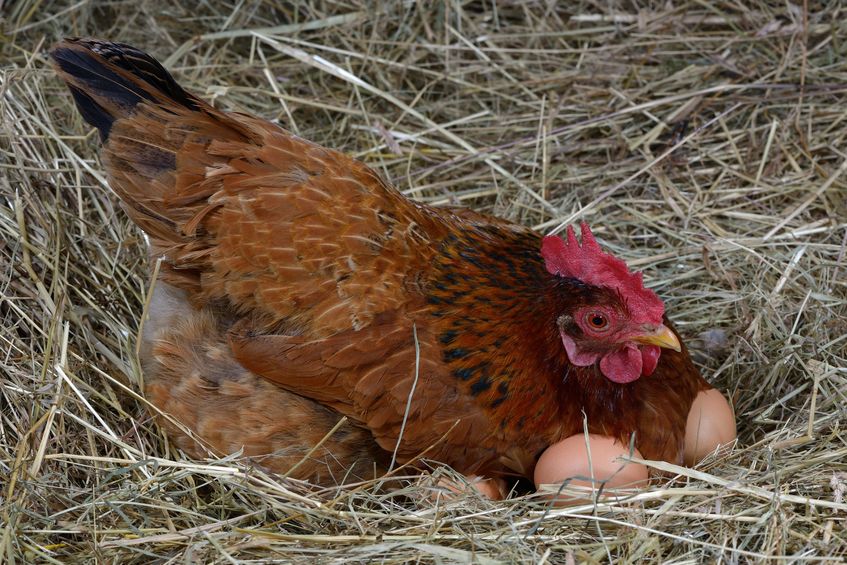
Have you ever considered raising your own backyard chickens? Keeping chickens is one of the first ideas that comes to mind when people start to think about producing their own food. The idea of having a small free-range flock, delicious pastured eggs, and all right in the garden appeals to many. But how much work does it really take?
Don’t Count Your Chickens Until They’ve Hatched
So, first thing’s first, why chickens? Well, they’re easy to keep. First, they don’t take up a large amount of space. Second, they can help keep your grass short and fertilized. Third, they reduce the number of insects in the garden in a natural way (say goodbye to those pesky grubs that love to eat green leafy produce like spinach and kale). Oh and on top of all of that, they also produce eggs!
As an aside, an egg hatched from a chicken that’s been raised in a healthy cage-free environment has less cholesterol, contains less saturated fat, has more vitamins, and has more heart-healthy omega-3 fatty acids. Also, if you’re feeding them organic chicken feed, then the eggs will obviously be fully organic. Healthy, fresh, eggs on tap in your garden… sounds good to me!
For those willing to raise chickens for meat, there are health benefits to having organically fed free-range chicken meat over store bought cellophane-wrapped chicken. Farm to table meat that’s uber fresh and chemical free is literally in your backyard.
Why Did the Chicken Cross the Road
Once you’ve decided you want to keep backyard chickens, you need to do a little bit of research. If you’re inside the city limits, can you legally keep chickens? City ordinances are meant to protect neighbors from roosters crowing in the near-dawn hours. Before investing your time, energy and money, make sure your chicken aspirations are above board.
Now that you’ve confirmed chickens are allowed in your neighbourhood, you need to find your flock. There are a number of online sites where you can purchase chickens; eFowl, for example, offers a wide range of birds. Another source is local farms and see if any of them are selling chicks. Ideally, you don’t want to hatch the birds yourself as that requires a little bit more knowledge and incubation equipment.
Choosing the chicken breed is another important factor. Just like getting a dog or cat, you need to know a little bit about the breed so you can find a type that fits your situation. Sage Hen Farm has a handy chart on everything you need to know about 60 different chicken breeds from temperament to average egg size to yield.
When Your Chickens Come Home to Roost
Once you’ve decided what type of chickens you’re going to get, you need to build a coop. There’s a balance between comfortable chicken accommodations and limiting how far chicken can wander. Plus, you want to keep them safe from predators.
For young hens, keep them somewhere safe as they grow, perhaps inside or in an enclosed area. This way you can keep an eye on the chicks and make sure they’re kept out of harm’s way. Barricading them in an area that you can easily clean and heat for the first 5 weeks is recommended. Then you can transfer them when they’re fit and ready to be introduced to their coop.

How big the coop depends on the number of chickens and the amount of garden space available. Anything that protects them from the elements and predators will do the job. You just need to be able to lock them in at night and let them out to explore in the morning. Inside the coop, each bird will need need a pole to roost on at night. Typically one nesting box per 4 birds to lay their eggs in is best. Then add a feeder and waterer. That’s about it.
Sound like too much work? No problem. Go to your local farmer’s market and support a local, independent farmer that supplies fresh, pastured-eggs. They may be a bit more expensive than store bought, but they are worth it.




